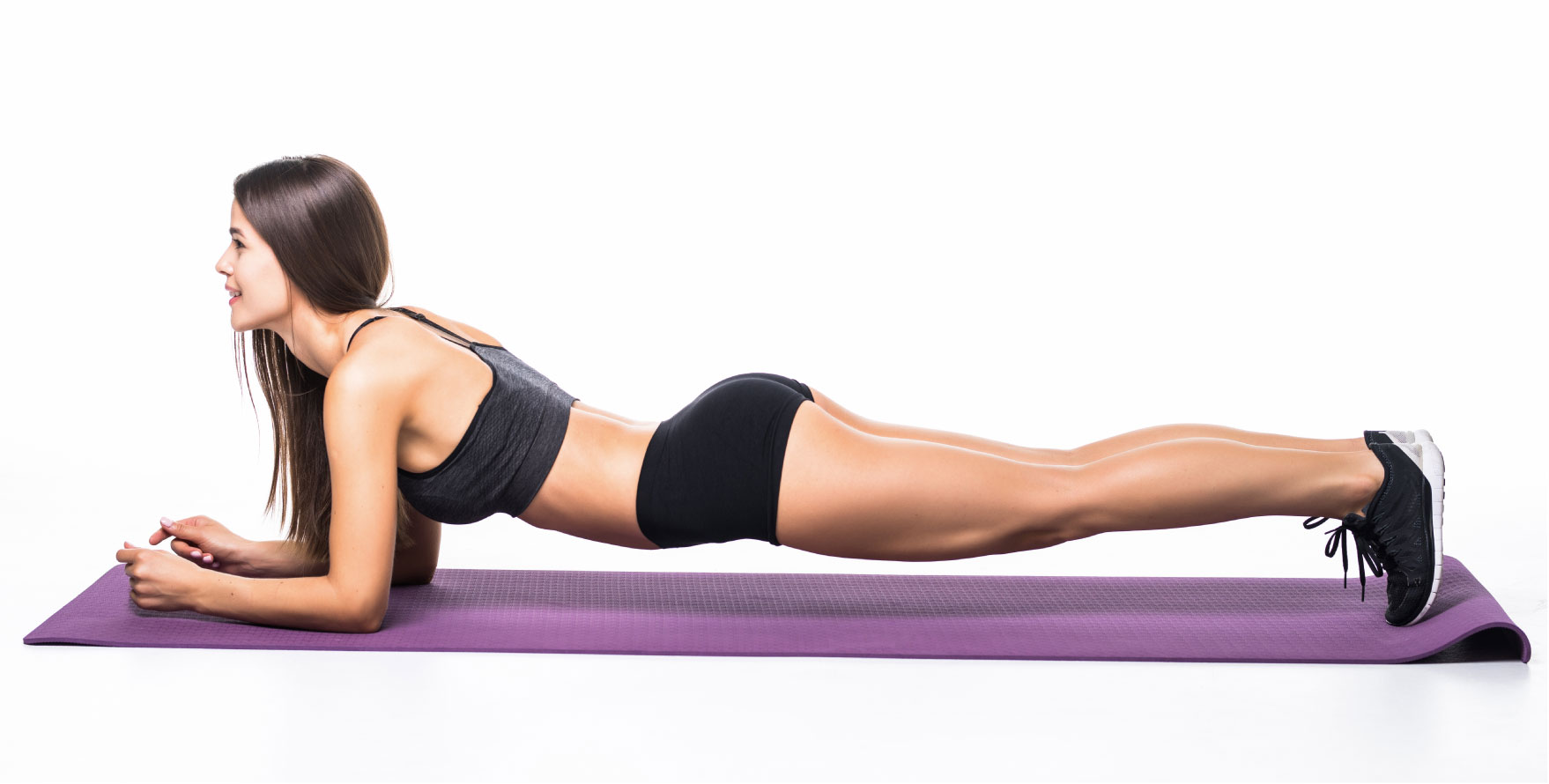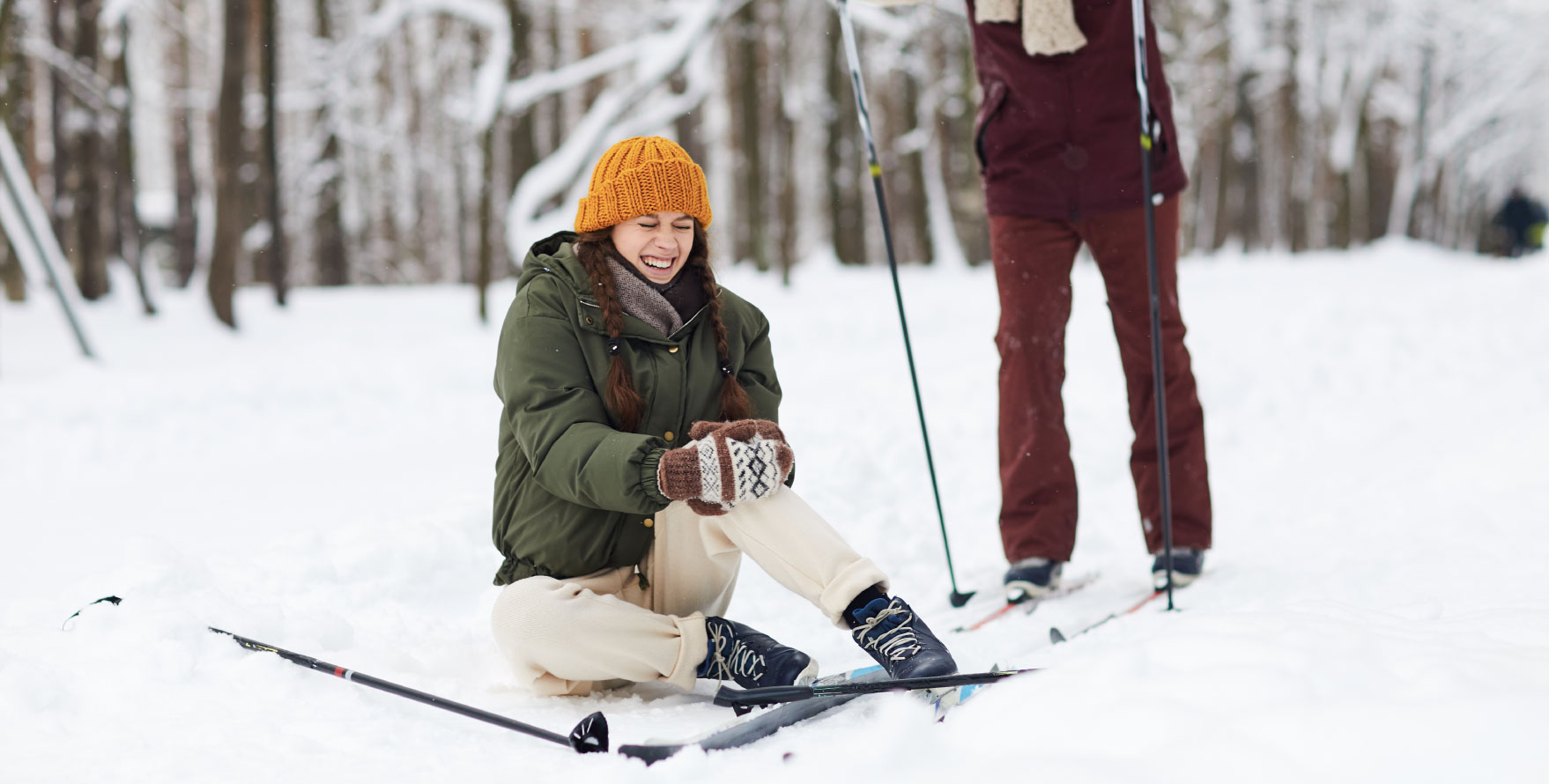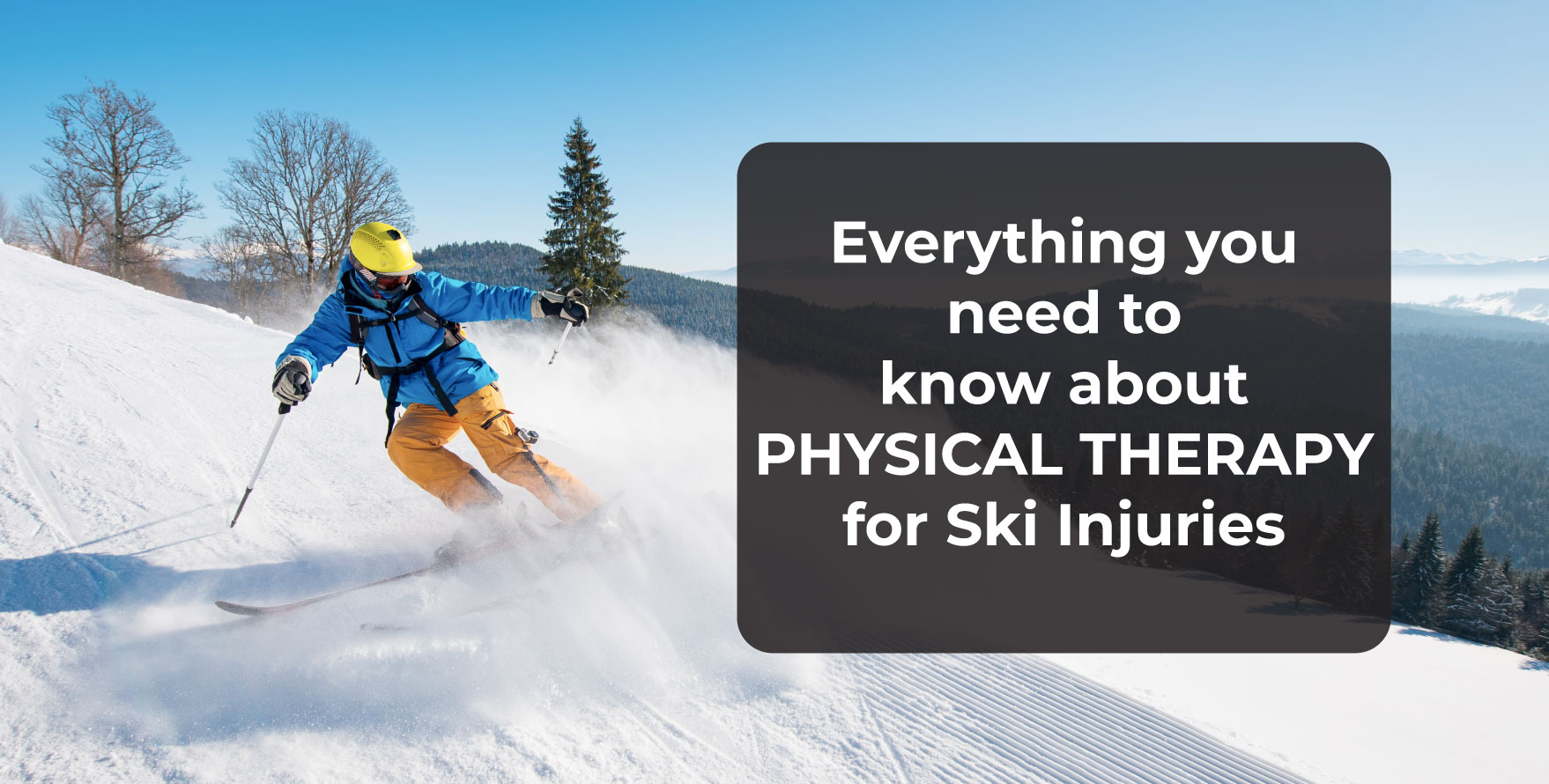Ski Injuries & Physical Therapy
Let us hit the slopes! The freshly packed winter snow is waiting at Ellicottville– are you ready to ski down a huge mountain? Many skiing enthusiasts will not skip a beat to say yes, but is your body prepared for this kind of physical activity? Beginner, intermediate, and even advanced skiers are at risk for injury each winter. How is physical therapy beneficial to skiers – of all levels – for preparing themselves? Before answering this, we want to draw your attention to the most common skiing injuries.
- Warm-ups: Before commencing your session, be sure to know your “problem areas.” Work on your joints and muscles, especially the vulnerable areas where you have faced injuries previously. Also, get your blood flowing by doing some metabolic activity like walking, jogging, jumping jacks, etc.
- Hydrate & Re-fuel: During your ski-day, eat snacks and drink water. Your muscles need to fuel to function their best and respond to changes in weight-shifts and terrain. After skiing, re-hydrate; eat proteins and healthy fats to help build repair muscle fibers, complex carbs, fruits, and vegetables to replenish nutrients.
- Do not Over-strain: More injuries tend to occur when muscles are fatigued. They can have lower power generation and slower firing, leaving other tissues vulnerable. Know your limits and take breaks frequently.
- Active Recovery: Even if you experience an injury after your ski, do some light activity, such as going for a short walk. This flushes out the lactic acid and delivers healthy nutrients to your muscles leading to faster recovery.

When patients come to our physical therapists for exercise prescription, we cannot stress the importance of proper form enough! For skiers, this means shifting your weight forward, keeping your legs parallel, and allowing equal flexion between the hips, knees, and ankles. Before you plan to take off on a ski getaway, it is also vital to strengthen yourself! A strong core helps with posture and reduces your risk of injury when twisting and turning down the mountain. We recommend traditional and side planks to work the abs.
Strong legs are another factor; when your knee strength increases, you are less likely to sprain, strain, or tear any muscle tissue! We recommend squats, lunges, and the use of circuit machines.
A strong upper body helps skiers with proper pole use. Strengthen your biceps and triceps with weights or a medicine ball. You could also use a bench for triceps dips!
Finally, beginner skiers tend to get tired out after the first run down the mountain – try building up your endurance with a few cardio workouts a week!

The most widespread injuries among skiers are the ones involving their knees, whether it’s a sprain or a graver ligament tear, the knees are the most vulnerable part of a skier’s body. At Western New York PT & OT, we have studied that knee sprains (including ACL and MCL tears) account for 30% of all skiing injuries. Our physical therapists at the Ellicottville center assist you in avoiding such injuries. Read more to know how!
Medial Collateral Ligament (MCL) Tears
MCL is a tissue inside your knee that connects the thigh and lower leg. Tears in this ligament may occur when a skier attempts to slow down or stop altogether. If the motion is abrupt, the skier may fall and twist his knee, tearing the ligament.
An MCL Tear can be prevented by learning how to properly balance your weight when in the “snowplow” position – a slowing and turning technique for beginners.
Anterior Cruciate Ligament (ACL) Tears
The ACL connects the thighbone to the shinbone, stabilizing the knee joint. These tears often result from abrupt stopping or sudden changes in the direction. For skiers, it can also tear when landing a jump on the slopes. If the skier’s body weight bears down on the back of the foot and too much pressure is applied to the calf, the ACL can tear.
This can be avoided by shifting your weight forward when you approach a jump, thereby slowing your momentum.
Wrist Fractures
During a fall, our first instinct is to try and restore our balance by reaching a handout for support. In some cases, catching the ground helps avoid injuries. In other cases, however, putting pressure of your entire body weight on your wrist, can damage the ligament. This is a common injury among skiers.
Depending on the severity of the injury, you may only need a splint or cast for the fracture to heal. Some hand injuries can be healed with specific exercises. For more severe injuries, though, patients will need treatment from a qualified physical therapist.
Shoulder Injuries
Depending on the way that you fall, shoulder injuries may be common as well. If one of your bones is forced out of place, or the bone fractures, it can be extremely painful. Since the shoulder connects the arms to the torso, there are plenty of body structures that may also be affected.
Shoulder injuries require individual treatment from an orthopedist. In addition to reconstructive surgery, shoulder injuries will also require physical therapy treatment.
Lower Back Injuries
Low back pain is prevalent in skiers. Often, because of poor posture, their muscles are less flexible in cold temperatures. When the muscles are slower to contract, there are more chances of injury, especially at slopes.
The most ideal way of avoiding lower back injuries, is by improving your posture. In case of such injuries – depending on the severity – physical therapy treatments may also be required.
If you are experiencing pains after your skiing trip, contact us for a free assessment at our Western New York Physical Therapy & Occupational Therapy center.

